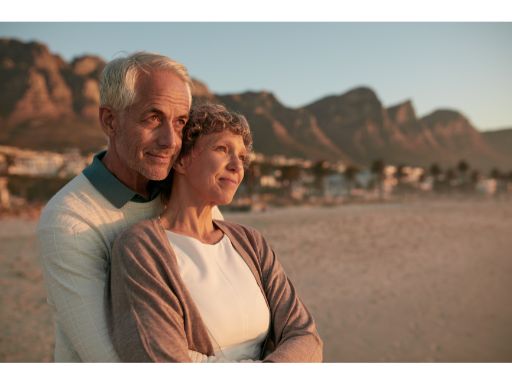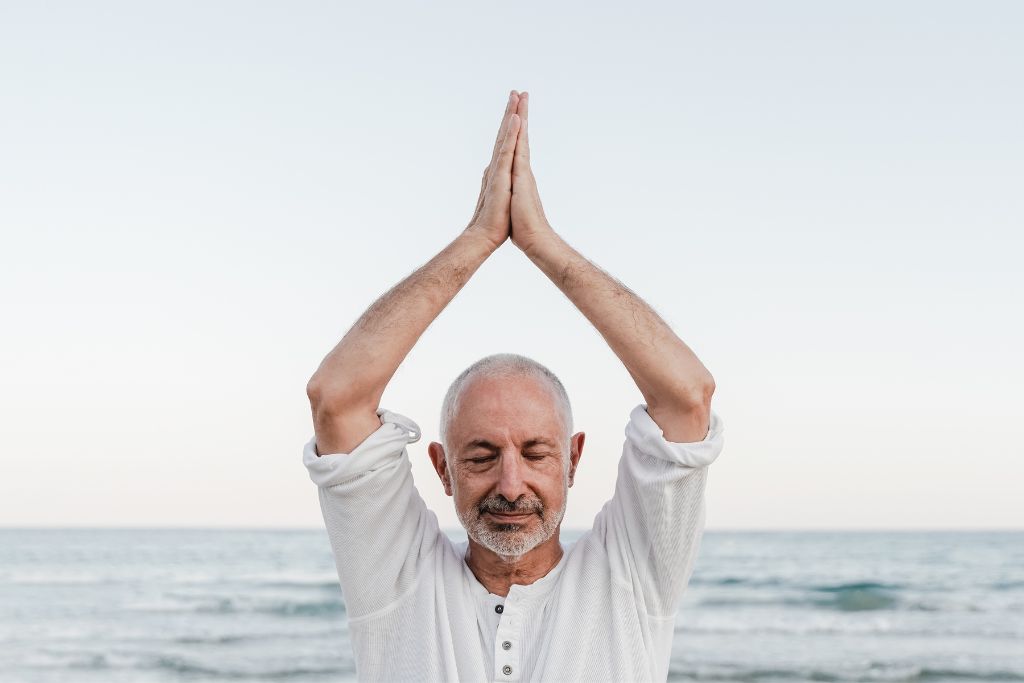Regular Low Temperature Infrared Sauna Use May Aid in the Prevention and Treatment of Geriatric Frailty
Increasing an individual’s healthspan or overall quality of life into the later years is a topic studied broadly. Typically, individuals are not looking to simply increase life expectancy, but rather to do so in a healthy body.
As people age and enter into the geriatric portion of their life, even if they are able to live free from disease, it is quite common to experience progressive clinical frailty. Frailty as defined by the scientific community includes the presence of a minimum of three of the proceeding traits:
- Unintentional weight loss
- Fatigue (Significant increase in prolonged and escalating levels fatigue)
- Weakness or Muscular Atrophy (for example the decline in the ability to grip with the hands)
- Slowness of movement
- Physical Inactivity (1)
The progressive biological syndrome of frailty affects many elderly folks, but there may be ways to help ease the discomfort of some of these age-related changes. Reputable studies suggest that the use of low temperature infrared saunas show demonstratively positive effects on the quality of life for individuals between the ages of 66 and 93 years suffering from clinical geriatric frailty (2).
Thermal Radiation as a Source of Heat Vs. Convection Heat
The 2020 study that closely monitored 67 community-dwelling geriatrics found that low temperature infrared saunas were the most effective means of improving quality of life in this demographic (67-93 years of age). (2)

The study’s aim was to note any remarkable improvement in the clinical condition of frailty among the elderly when low temperature infrared sauna use was employed, while using very specific procedures and conditions.
Why were infrared saunas used instead of the traditional sauna, or steam rooms in this groundbreaking study?
The ability to heat the body using thermal radiation (infrared light) means that the body is able to benefit from both the qualities of infrared light to heal the body without excessive heat. Traditional saunas depend upon increasing the atmospheric temperature of the sauna and heat the body up from the outside in. The intensity of the heat of a traditional sauna is dangerously high for many elderly individuals, as well as for children. Infrared saunas, however, rely on the radiant light waves of infrared light to heat the body up as well as the cabin structure. This means that even a low ambient temperature as can be acquired in an infrared sauna structure still demonstrated a significant impact on the overall health of the participants of the study.
The results were so positive from far infrared low temperature sauna use that researchers have developed an acronym to describe this highly effective treatment: FlLTS (Far infrared Low Temperature Sauna).
With a low temperature the researchers were able to eliminate many of the risks associated with extreme heat and yet still found very positive results amongst its geriatric participants.
Here are more details of how the study was conducted:
“The intervention study involved 67 adults between the ages of 66 and 93 years who had been classified as having some degree of frailty. The participants sat in a 60°C infrared sauna for 15 minutes and then rested while lying down and covered with a warm blanket for an additional 30 minutes. The sauna sessions were conducted twice a week for three months.
The authors of the study assessed the participants’ muscle mass, body mass, physical strength, walking speed, cardiorespiratory fitness, cognitive function and mood before and after the intervention. They weighed the participants before and after each sauna session and instructed them to drink sufficient water to compensate for sweat losses.
They found that 26 percent of the participants showed improvements on measures of frailty. The remainder showed no change or declined (~2 percent). These findings suggest that infrared saunas use ameliorate measures of frailty in older adults.” (1)
The conclusion of the study published by Geriatrics Gerontology states the following:
“A 3-month FILTS program ameliorates geriatric syndrome, the severity of frailty and frailty related indices in older Japanese people” (2)
How To Use An Infrared Sauna For the Elderly to Reduce Frailty
If you plan to use a low temperature infrared sauna as a treatment for yourself or a loved one to reduce geriatric frailty, then you will want to follow a similar protocol as used in the study mentioned above.
Most likely you will want to have a sauna in your home to reduce the risk of bacterial encounters that may occur in spa and gym saunas. Furthermore, to follow the procedure correctly and accurately, you will want to have a safe space to lie down afterwards as you are wrapped in blankets.
The protocol as executed in the study is as follows:
- Set Your Infrared (far infrared or full spectrum) Sauna To 120-140 degrees Fahrenheit
- Once the temperature has been reached, sit in the sauna for 15 minutes
- After the sauna, assume a supine position and wrap the individual in blankets for 30 minutes.
- Be sure to hydrate well, before, during, and after sauna use.
- There should be another able bodied person available for support entering and exiting the sauna. (2)
The demonstrable results of the study performed on community living individuals between the ages of 67 and 93 was very positive, and gives hope to those either looking to prevent geriatric frailty or treat it.
In addition to successfully reducing clinical geriatric frailty, many other findings were discovered regarding heart health, diabetes, and brain degenerative conditions. (2)
Sauna therapy provides many measurable and positive benefits to individuals of all walks of life, but we do encourage you to always consult a medical professional before beginning a sauna treatment.
*** “Ethical considerations ***
“This study was approved by the ethics committee of the Tokyo Metropolitan Geriatric Hospital and Institute of Gerontology (authorization number: 240301) and conformed with the principles outlined in the Declaration of Helsinki. All participants gave their written informed consent before data collection.” (2)
Sources Cited
2. https://onlinelibrary.wiley.com/doi/full/10.1111/ggi.14003


